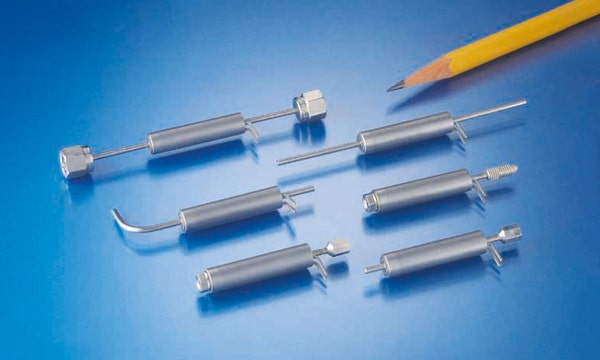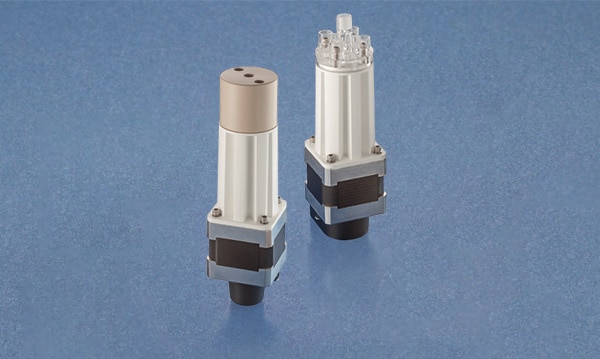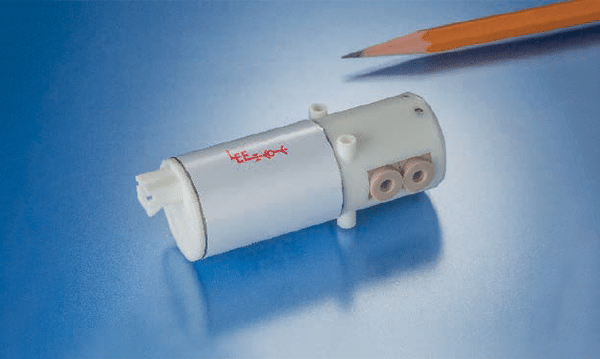An Engineer’s Guide to Selecting a Check Valve

A check valve, also known as a non-return or one-way valve, is a mechanical device that allows a gas or liquid to flow freely in one direction while preventing reverse flow in the opposite direction. The direction in which the fluid or gas can flow is called the free flow direction; the direction in which fluid is prevented from flowing is called the checked or non-return direction.
Check valves are found in common household items. For example, when a raft or air mattress is inflated, the check valve allows air in and prevents its escape until a release is activated. Irrigation systems also use check valves; they allow water to spray out of the sprinkler head and prevent mud and rainwater from flowing back into pipes leading to the water supply.
The purpose of a check valve in an application will determine some design parameters. Generally, check valve functions can be divided into three categories: non-return, vent, and fill and drain. It is important to select the correct check valve to ensure proper functionality during system operation. A check valve is a direct-acting device; that means pressure acts directly upon the internal components of the valve. Check valves are typically normally closed components. They are often held closed by a force-producing mechanism within the valve. This force is minimal and returns the valve to a closed position when there is no longer a pressure differential acting on the valve in the flow direction. Some configurations have no force- producing mechanism; they require a pressure differential in both directions to move internal components.
In this brochure, you will learn all about how to select a Check Valve capable for your needs.
Table of Contents
- What is a Check Valve?
- Check Valve Functions
- How Check Valves Work
- Check Valve Configurations
- What are the critical performance characteristics of a Check Valve?
- What environmental factors impact the design of a Check Valve?
- Check Valve performance trade-offs and design challenges
- Potential failure modes
- Are there unique industry requirements for Check Valves?
- How can DenisDePloeg and The Lee Company help you?














